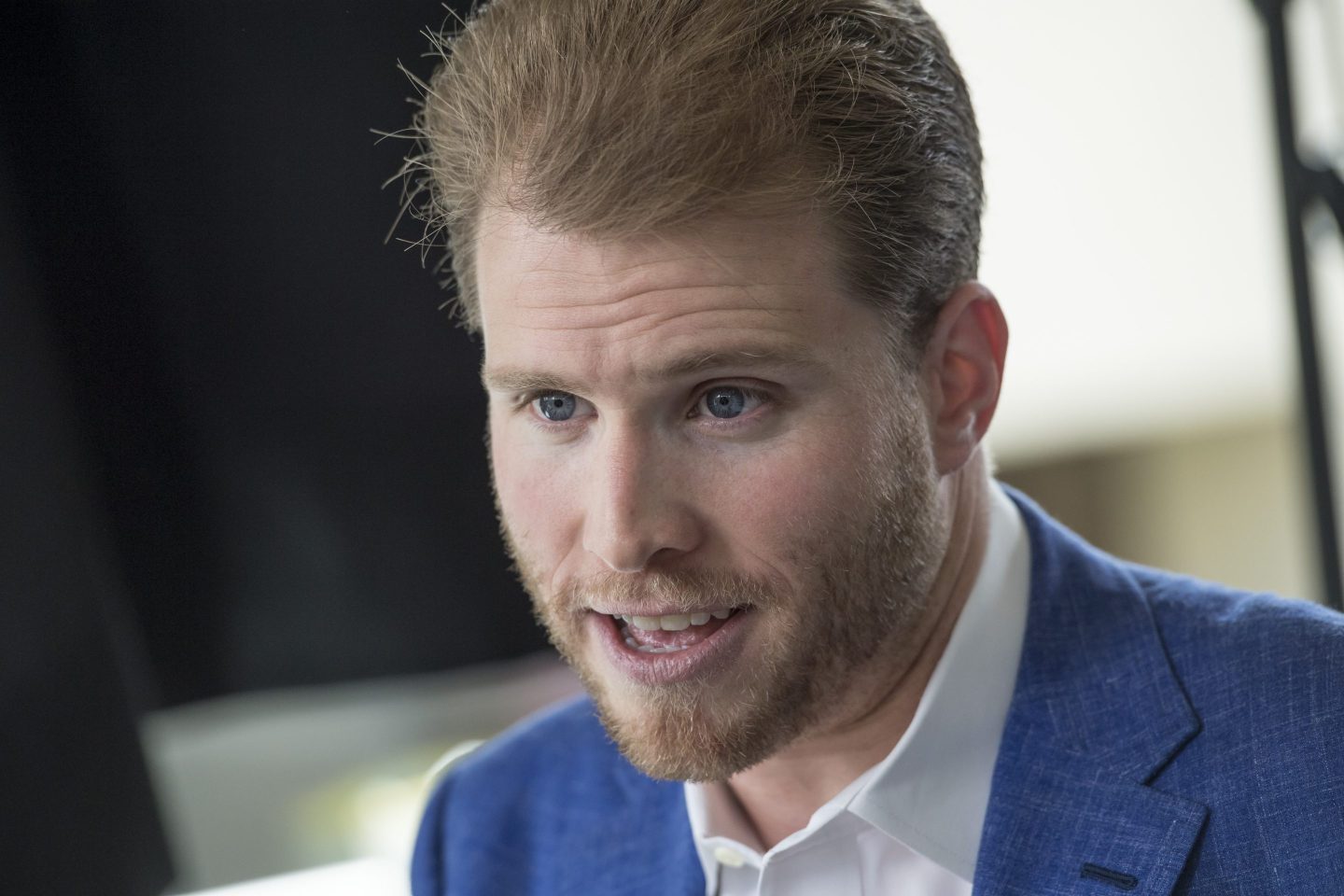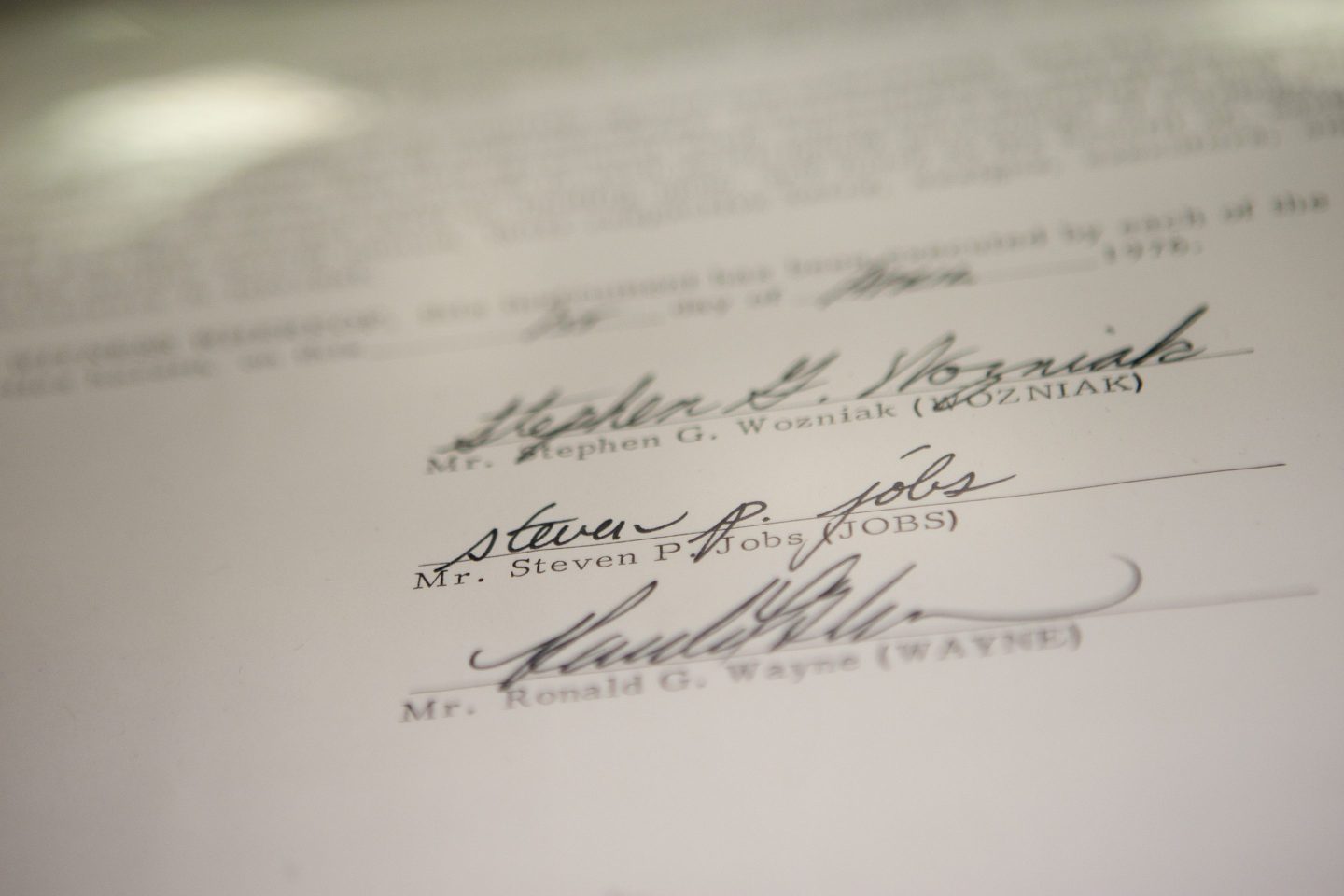This post is in partnership with Zocalo Public Square. The article below was originally published at zocalopublicsquare.org.
By Paula Rabinowitz
Cheap paperback books are like sex: They claim attention, elicit memories good and bad, and get talked about endlessly. The mid-20th century was the era of pulp, which landed in America in 1939.
You could pick up these paper-bound books at the corner drugstore or bus station for a quarter. They had juicy covers featuring original (and sometimes provocative) art, blurring the lines between canonical literature and the low genres of crime, romance, and Westerns.
Paperbacks went beyond lurid fiction. They brought high culture and scholarly nonfiction to readers, covering every conceivable taste and topic, from anti-Semitism (James Parkes’ 1946 An Enemy of the People) to works by diplomats, philosophers, physicists, and anthropologists.
At 25 to 35 cents a pop—wages for a night of babysitting or the cost of a pack of cigarettes— paperbacks could be had by anyone, and so enabled teenagers and poor and working people to enter fully into the cultural landscape. In the 1950s, these books created secret communities of readers who fashioned identities through ownership; for example, women in rural America might come to recognize themselves as lesbians after finding Women’s Barracks by Tereska Torrès on a candy store rack.
Unlike other forms of mass media that could be consumed at home—radio and later, television—paperbacks offered more than ephemeral content. Compact enough to carry anywhere, they provided content not only in their pages and covers, but also as objects. The books’ shape, smell, feel, even the sound of their cracking bindings helped to create a rare sense of connection among readers, booksellers, publishers, and authors.
Paperbacks could be serious business. In His Eye Is on the Sparrow (1952), Ethel Waters told her story of fighting against racism, poverty, and abuse to become a singer and actress on Broadway and in Hollywood. Daphne Rooke’s Mittee (1953) unveiled South African apartheid through an interracial love triangle involving a white man, a white woman, and her mixed race female servant. The book included a glossary of Afrikaans terminology for U.S. readers to enlarge their vocabulary and open their eyes to distant parts of the world.
Since the publication of my book America Pulp: How Paperbacks Brought Modernism to Main Street, I have heard many personal stories that confirm my argument about how paperbacks permeated daily life. Dozens of people—total strangers, long-ago boyfriends, friends of friends, collectors, bibliographers—have written to me.
I recently received an email from one reader, who wrote about her relative, Jack Nemec, who wrote a dozen kinky titles, including Sin Caravan, The Spy Who Came to Bed, and The Darkest Urge. Some relatives are a “smidge embarrassed that we have a ‘porn’ writer in the family,” she wrote—in fact, they threw out all his books after he died. Her email concluded that she is a “bit proud that we’re a part of this little part of Americana.”
Her pride zeroes in on the crux of what pulp meant in the middle of the 20th century—and how we might understand it now. These books are a little piece of Americana. Appealing to every taste, paperbacks were (and still are) trafficked—bartered, bought, exchanged, sequestered, hidden, destroyed … and loved. Because they carry traces of both the illicit and aspirational, they figure as distillations of America’s various dreams.
Pulp elevated working people into writers and collectors and was a quirky means for immigrants to assimilate to American culture. A New York artist described in an email how she remembered trips to Pete Bianchi’s soda fountain and tobacco store in Ohio, “where our father used to take us kids for comic books and treats, and where he could peruse the rotating shelves of pulp mysteries.” Those drugstore visits to find books that were unavailable at the local library still inhabit readers’ memories. Those books were a part of the landscape of Smalltown, U.S.A. They made us who we are: a pocket-book nation.
Cheap paperbacks helped to forge modern ideas about race, sex, war, science, and much more. During their heyday from the late 1930s to the late 1950s, pulp spread the practice of everyday reading, bringing to a mass audience of avid readers—everything from smut to theology; from whodunits to Macbeth. Paperbacks ’R’ Us.
Paula Rabinowitz is professor of English at the University of Minnesota and author of America Pulp: How Paperbacks Brought Modernism to Main Street. She wrote this for What It Means to Be American, a national conversation hosted by the Smithsonian and Zócalo Public Square.












